On February 24, 2025, Ukraine showcased an impressive lineup of domestically produced unmanned aerial vehicles (UAVs) and First Person View (FPV) drones at the Support Ukraine Summit in Kyiv, a gathering marking three years since Russia‘s full-scale invasion. As reported by Ukrinform, President Volodymyr Zelensky emphasized these technologies as vital to Ukraine’s battlefield efforts and a testament to its revitalized defense industry. While the Summit addressed broader international support, this drone demonstration highlights a pivotal stride toward technological self-reliance amid ongoing conflict.
A Versatile Array of Ukrainian Drone Technologies
The Summit spotlighted an array of drone systems tailored for modern warfare. Zelensky detailed reconnaissance UAVs for intelligence gathering, FPV Drones with fiber optic control for resilience against jamming, and ground robotic platforms for tactical versatility. Interceptor drones, electronic warfare systems, signals intelligence, and communication platforms further showcased Ukraine’s comprehensive approach. River drones and drone missiles—an emerging category—suggest ambitions to extend operational reach across diverse environments.
These systems, all products of Ukraine’s domestic industry, reflect rapid development since 2022. The fiber optic FPV drones stand out, leveraging physical cables to bypass electronic countermeasures—a feature increasingly critical in contested airspace. Zelensky noted their active battlefield deployment, underscoring their practical impact.
Technical Prowess in Focus
Ukraine’s fiber optic FPV drones exemplify innovation under pressure. By transmitting data via cable rather than radio signals, these drones resist jamming, offering uninterrupted control and video feeds over extended ranges—potentially several miles, based on industry norms for such systems. While exact specifications weren’t disclosed, their immunity to electronic warfare aligns with advancements in drone technology, enhancing precision in high-threat zones.
The mention of drone missiles hints at longer-range strike capabilities, possibly akin to turbojet-powered UAVs. Such systems could target deep into contested areas, complementing Ukraine’s arsenal as reliance on foreign munitions fluctuates. This technical leap reflects a broader shift toward resilience and adaptability in drone warfare.
Industry Context: From Dependence to Independence
Three years of war have transformed Ukraine’s defense sector. Once reliant on imports from firms like DJI, the country now boasts a robust domestic ecosystem. The Ukrainian Defense Ministry’s pledge of over 44 billion UAH—approximately $1.06 billion at current exchange rates as of February 25, 2025—for FPV drone procurement in 2025 signals significant scale. This figure, tied to Zelensky’s promise of increased production, underscores a strategic pivot to self-sufficiency.
Decentralized manufacturing across numerous firms enables rapid innovation, a contrast to more rigid systems elsewhere. Integrating fiber optics and potentially artificial intelligence positions Ukraine as a serious contender in next-generation drone development.
Market and Strategic Potential
By presenting these drones to international partners, Ukraine signals export potential, inviting investment in battle-tested, cost-effective technology. This could nudge competitors to prioritize EW-resistant designs, subtly influencing global market trends. Strategically, unjammable FPV drones and long-range UAVs bolster Ukraine’s deterrence, complicating adversary tactics and offsetting resource gaps as the war persists.
These implications, while speculative without detailed export data, align with Ukraine’s trajectory as an emerging defense player. The Summit’s showcase could catalyze partnerships, amplifying the drones’ impact beyond domestic use.
Operational and Regulatory Horizons
Deploying advanced drones domestically bypasses export regulatory hurdles, but international collaboration might face arms control scrutiny. Operationally, fiber optic systems demand careful logistics—cables limit mobility compared to radio-controlled UAVs, requiring specialized training and supply chains. Ukraine’s domestic focus mitigates some challenges, though wartime disruptions remain a risk.
DroneXL’s Take: A Defining Moment for Drone Innovation
Ukraine’s February 2025 Summit display underscores a defense industry reborn through necessity, with drones like fiber optic FPVs and missile-capable UAVs redefining its warfighting edge. This aligns with broader drone industry shifts toward resilience and autonomy. Zelensky’s commitment to ramp up production in 2025 suggests a sustained push that could ripple globally, influencing how nations approach aerial technology in conflict.
Ukraine’s drone surge is more than a wartime fix—it’s a case study in how adversity accelerates innovation, potentially setting benchmarks for the industry worldwide.
Photo courtesy of Maks 24 / X
Discover more from DroneXL.co
Subscribe to get the latest posts sent to your email.

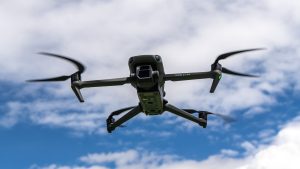
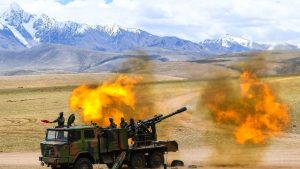
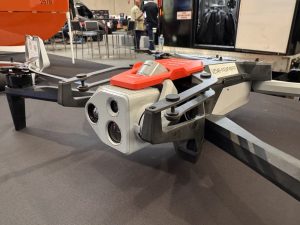
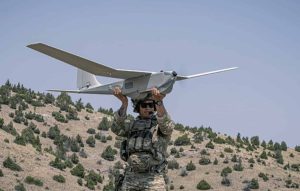


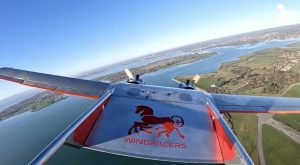
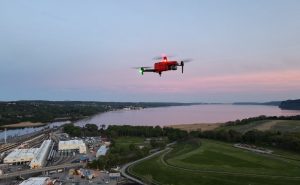
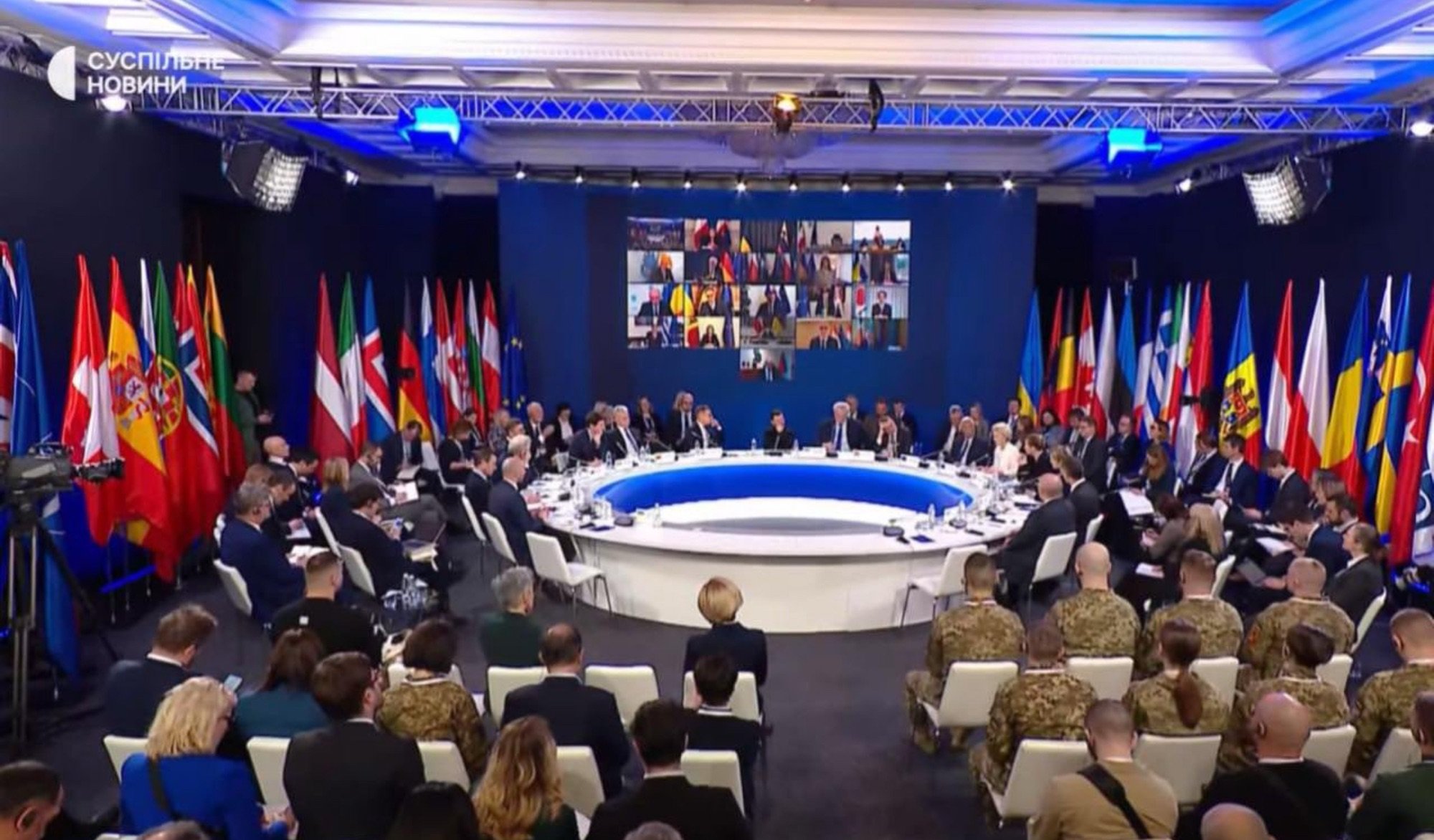
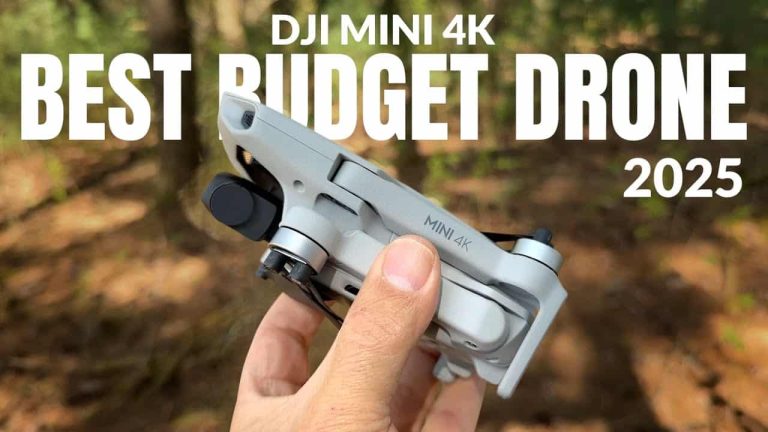
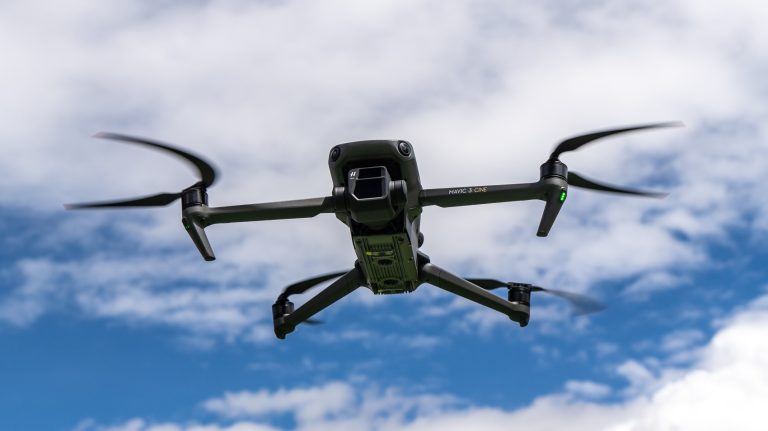
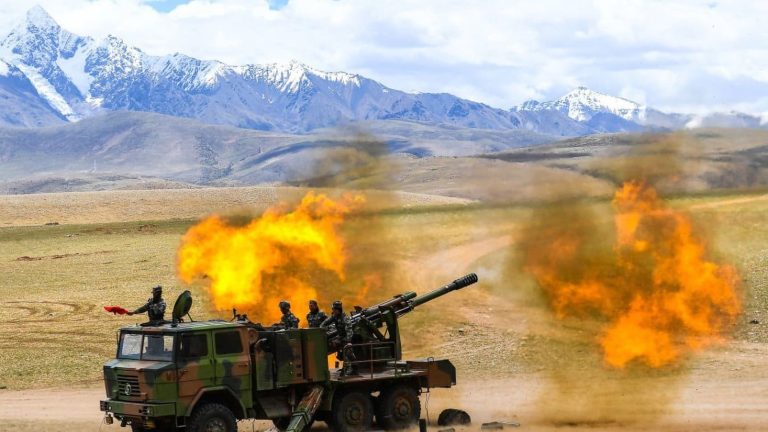
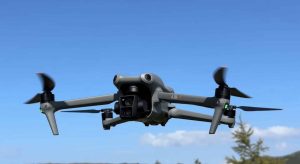

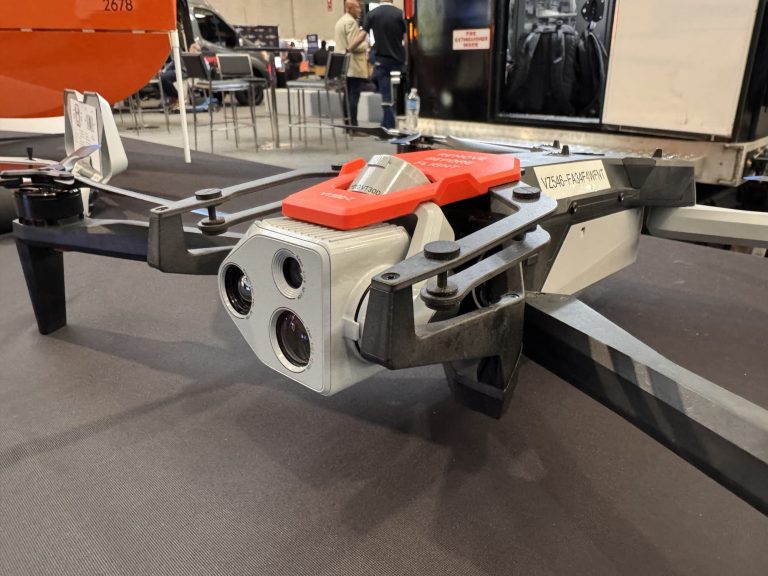
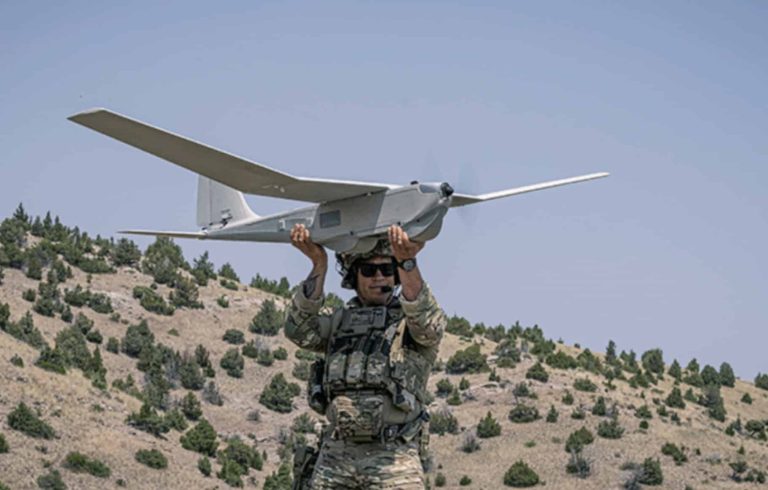


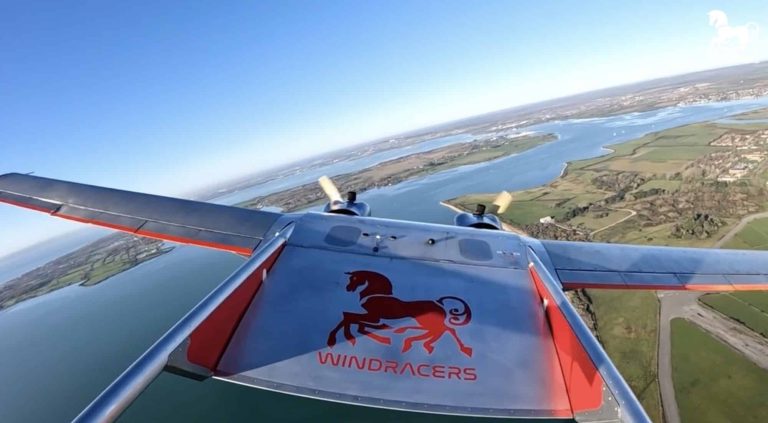
+ There are no comments
Add yours